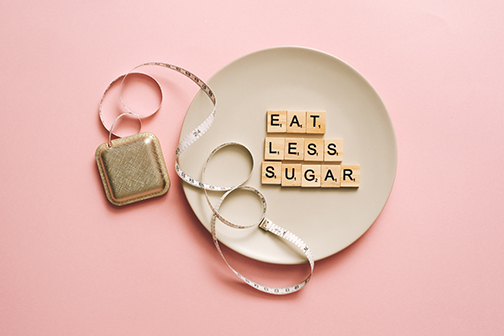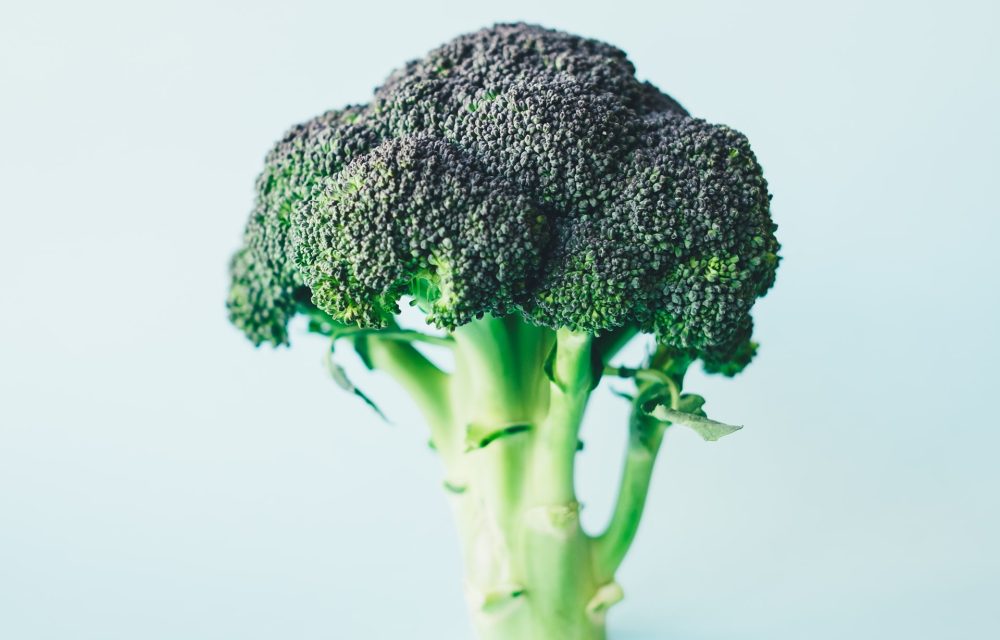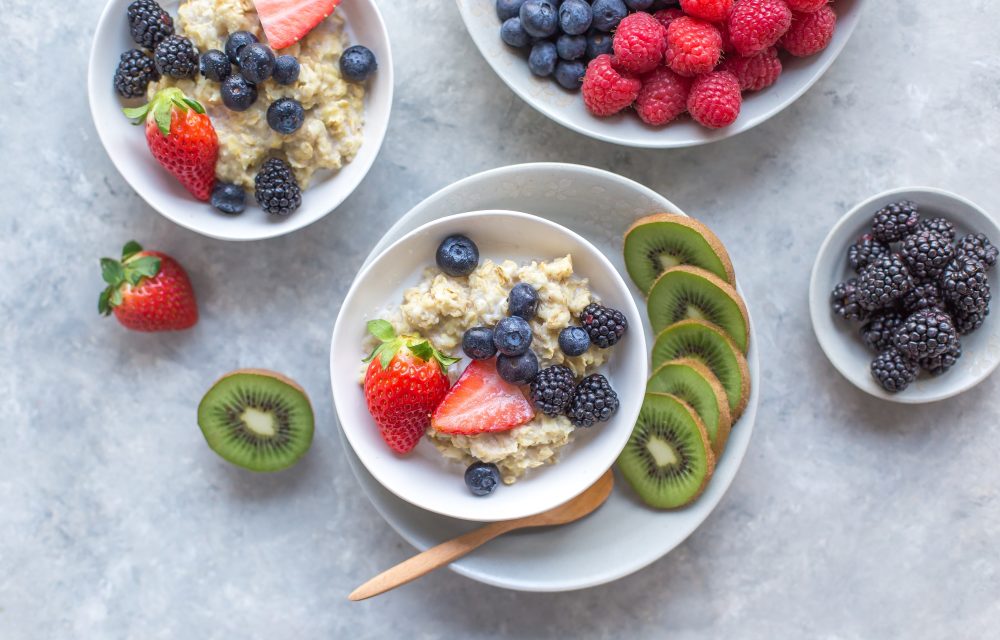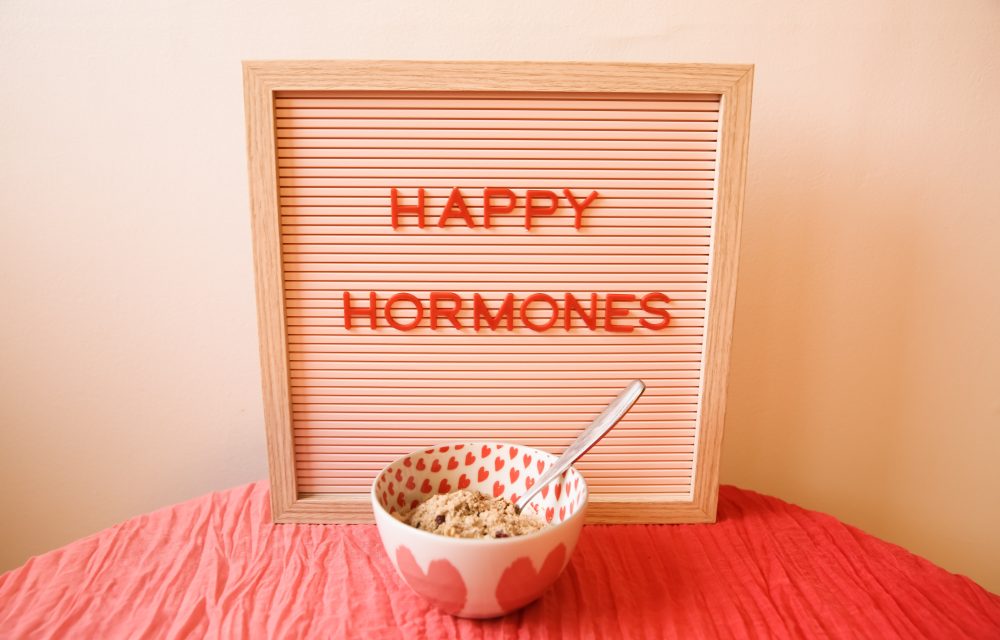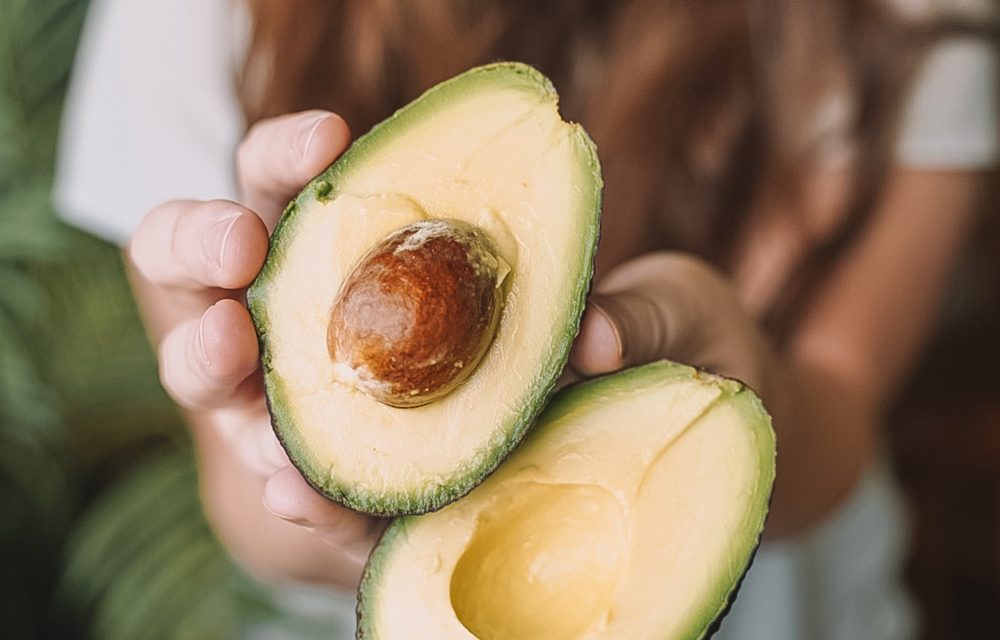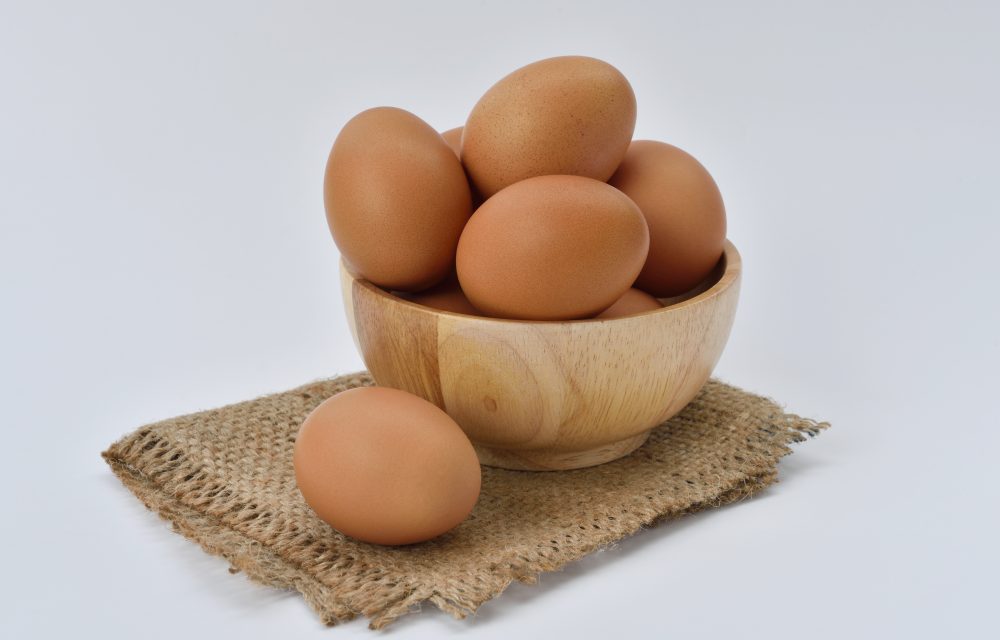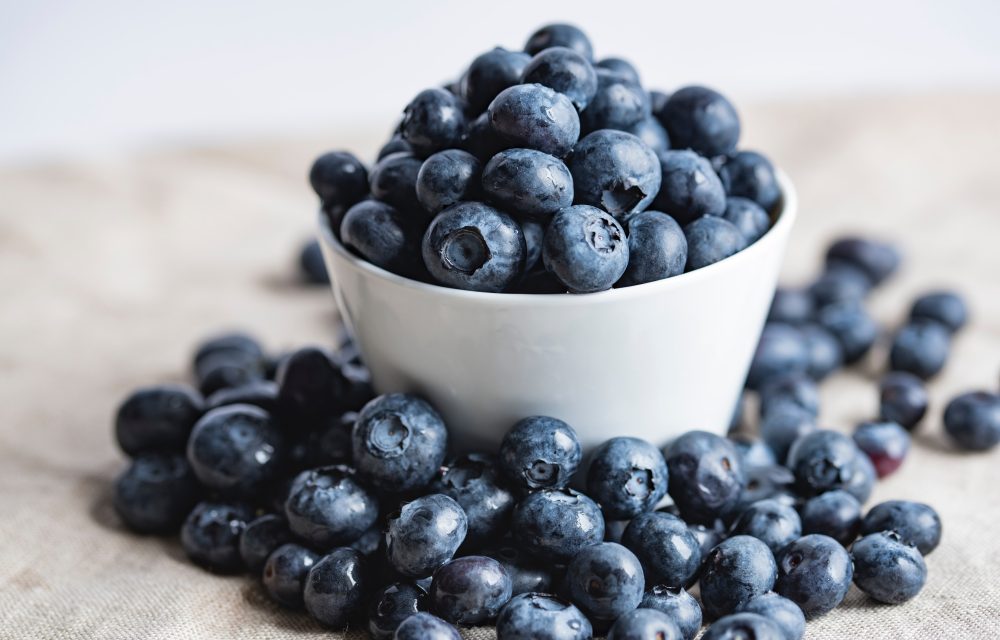Healthy Eating When You’re Older
As people age, many things change. They no longer have to get up early and get ready for work. The family moved out, and a spouse may have passed, so cooking a complete meal seems a waste of time. Seniors may have a more limited social life, which can lead to depression. Depression can reduce appetite and limit the desire to cook. All those factors and more make healthy eating for older people more difficult.
Your digestive system becomes a traitor.
Food seniors used to eat when they were younger no longer digests properly. It can occur for many reasons. The body may slow or cease making certain enzymes required for digestion. That can cause bloating, gassiness, and stomach pain. Reduced stomach acid also affects digestion. As you age, you’re less active and that can change your gut microbiome. Your belly bugs aid in digestion and nutrition. You have to eat more healthy food to get the same nutrients you used to get from less of the same food or switch to more nutrient-dense food. Increasing exercise can help solve some of these problems.
Dental issues can affect whether you have a healthy diet or not.
Food seniors used to eat when they were younger no longer digest properly. It can occur for many reasons. The body may slow or cease making certain enzymes required for digestion. That can cause bloating, gassiness, and stomach pain. Reduced stomach acid also affects digestion. As people age, activity diminishes. That can change the gut microbiome. Belly bugs aid in digestion and nutrition. You have to eat more healthy food to get the same nutrients you used to get from less of the same food or switch to more nutrient-dense food. Increasing exercise can help solve some of these problems.
Reduced calorie requirements may mean reduced nutrient intake.
Metabolism often slows as you age. Part of the reason is less activity. Another reason is loss of muscle mass. Muscle tissue requires more calories than fat tissue does, so the more muscle you have, the higher your metabolism. Working out regularly can increase muscle mass, help prevent injury, help you live unassisted longer, and boost your metabolism.
- Focusing on a diet that contains more nutrients is one way to avoid problems. Following a dietary plan or using a meal service can improve overall nutrition.
- Becoming more social can help improve appetite and activity level. Socializing can help lift spirits, provide outside activities, and make a meal more enjoyable. The increased activity also aids digestion.
- Another roadblock seniors may face is that some healthy foods interact with medication or healthy conditions may limit food selection. For instance, grapefruit interferes with the metabolism of warfarin, a blood thinner.
- Seniors who face problems getting adequate nutrition or have digestive issues or other problems interfering with healthy eating should get the advice of a nutritionist or use a meal planning app.
For more information, contact us today at Revolution Training


